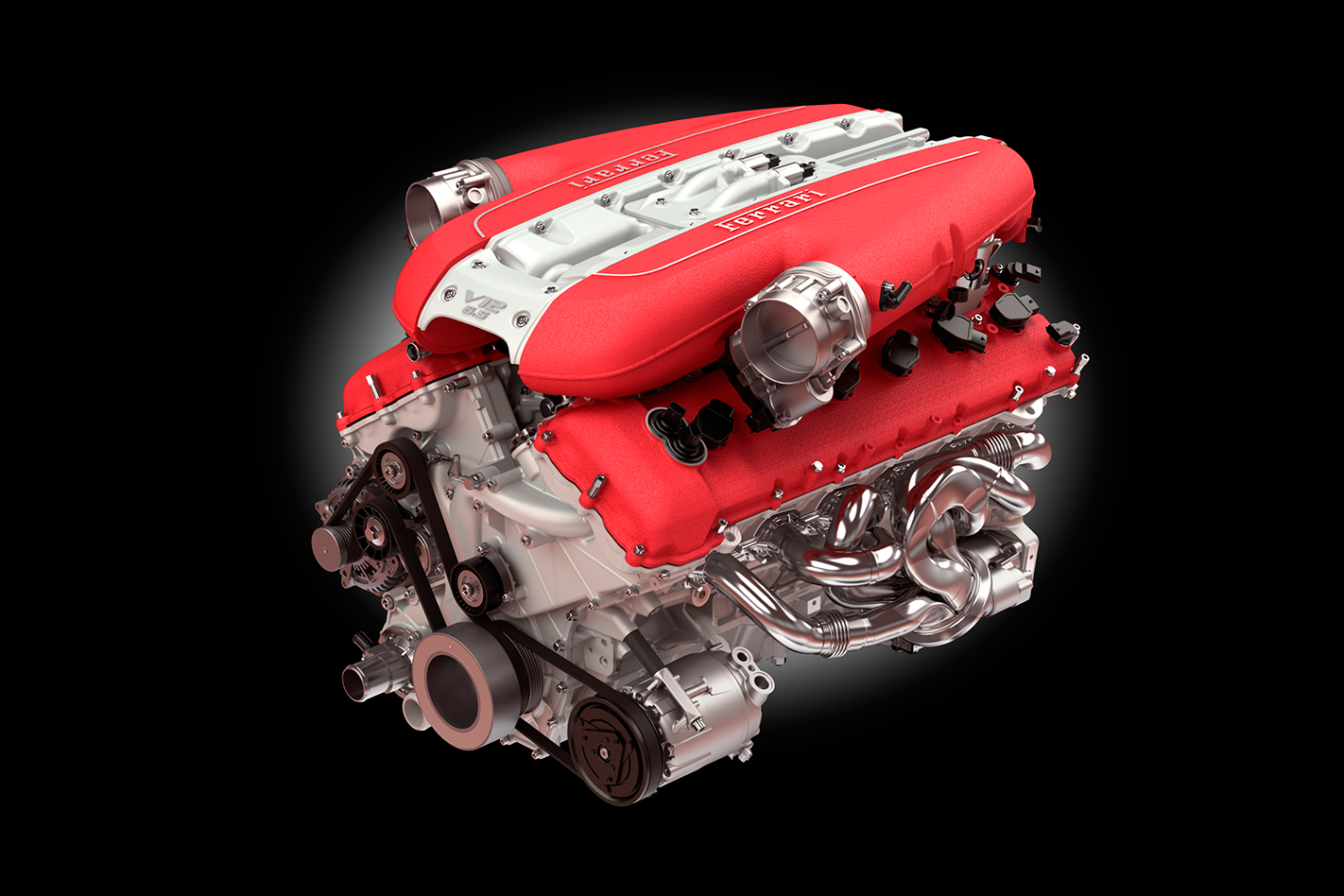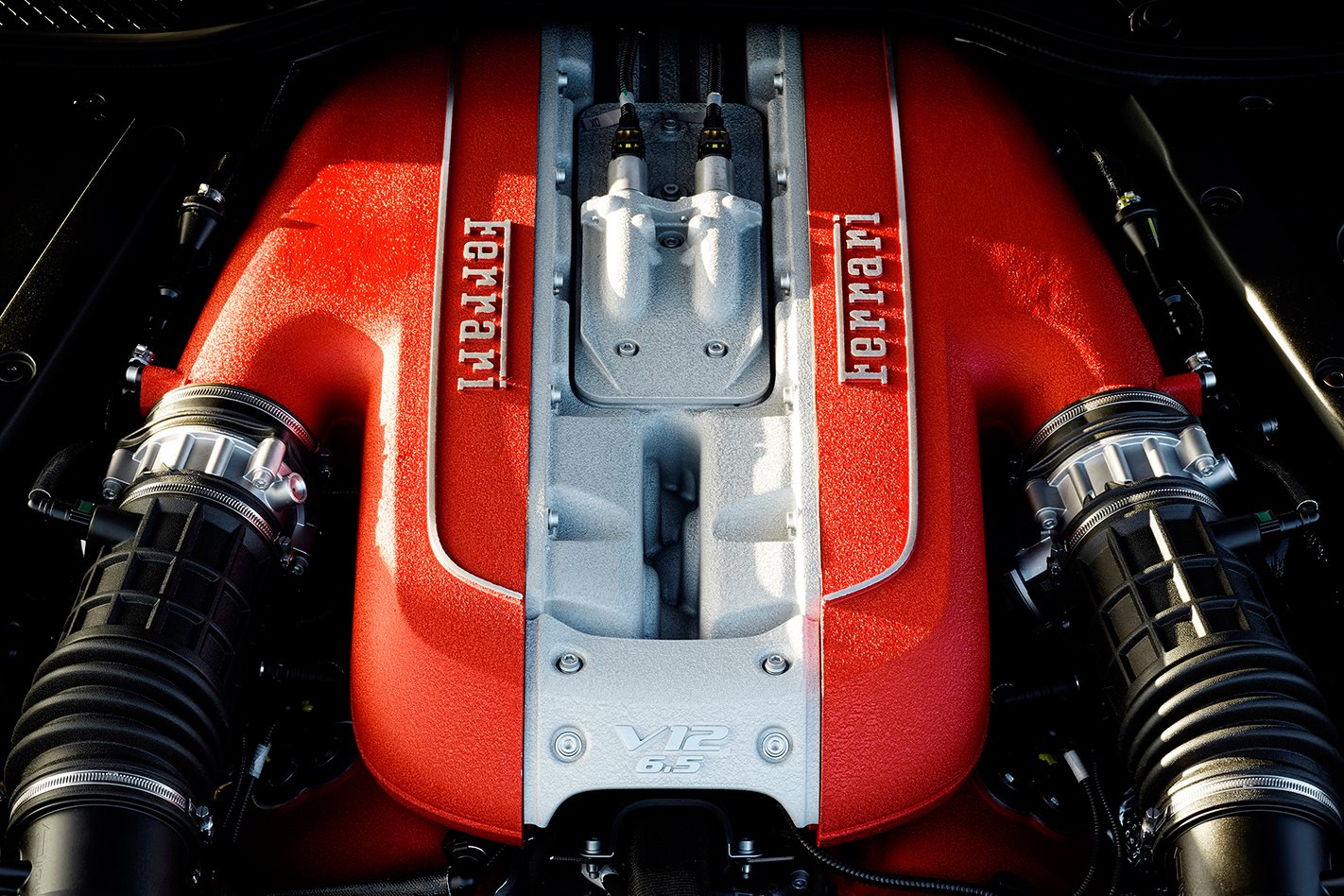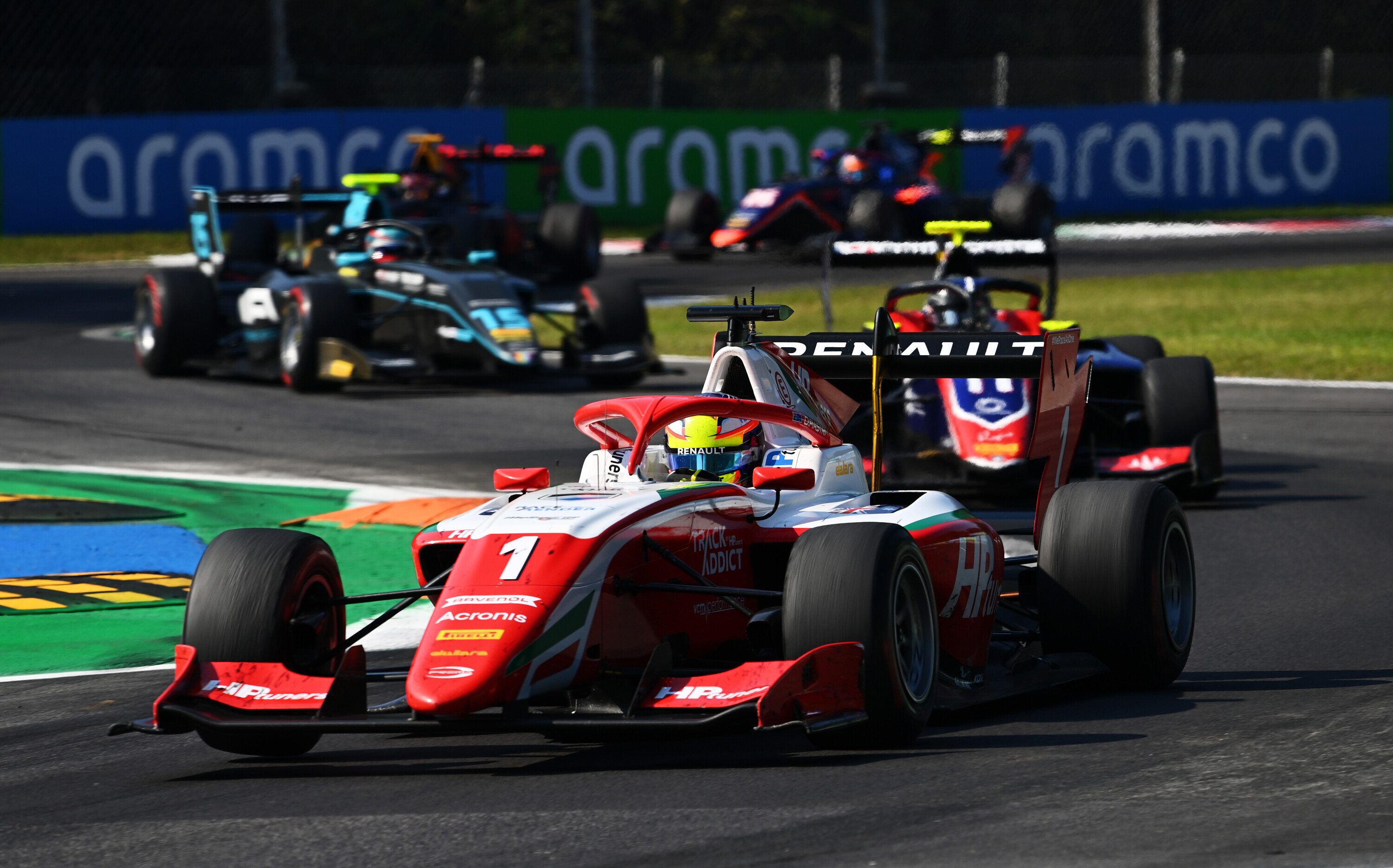OFF THE back of the International Engine of the Year awards, Wheels picks its shortlist of the best engines on sale right now.
Porsche 911 GT3 – 4.0-litre flat-6, dohc, 24v Max power: 368kW @ 8250rpm Max torque: 460Nm @ 6000rpm
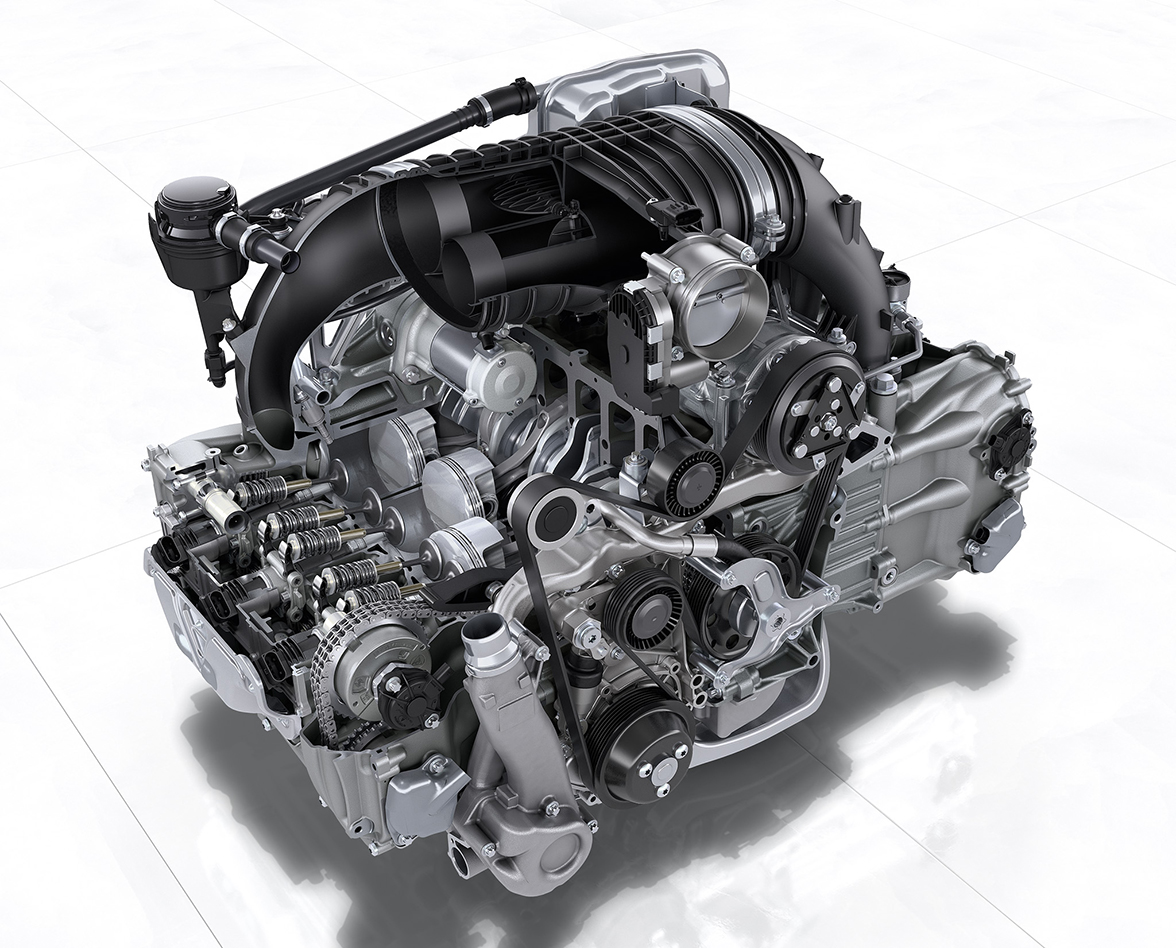
Audi RS3/TT RS – 2.5-litre inline 5-cyl, dohc, 20v, turbo Max power: 294kW @ 5850-7000rpm Max torque: 480Nm @ 1700-5850rpm
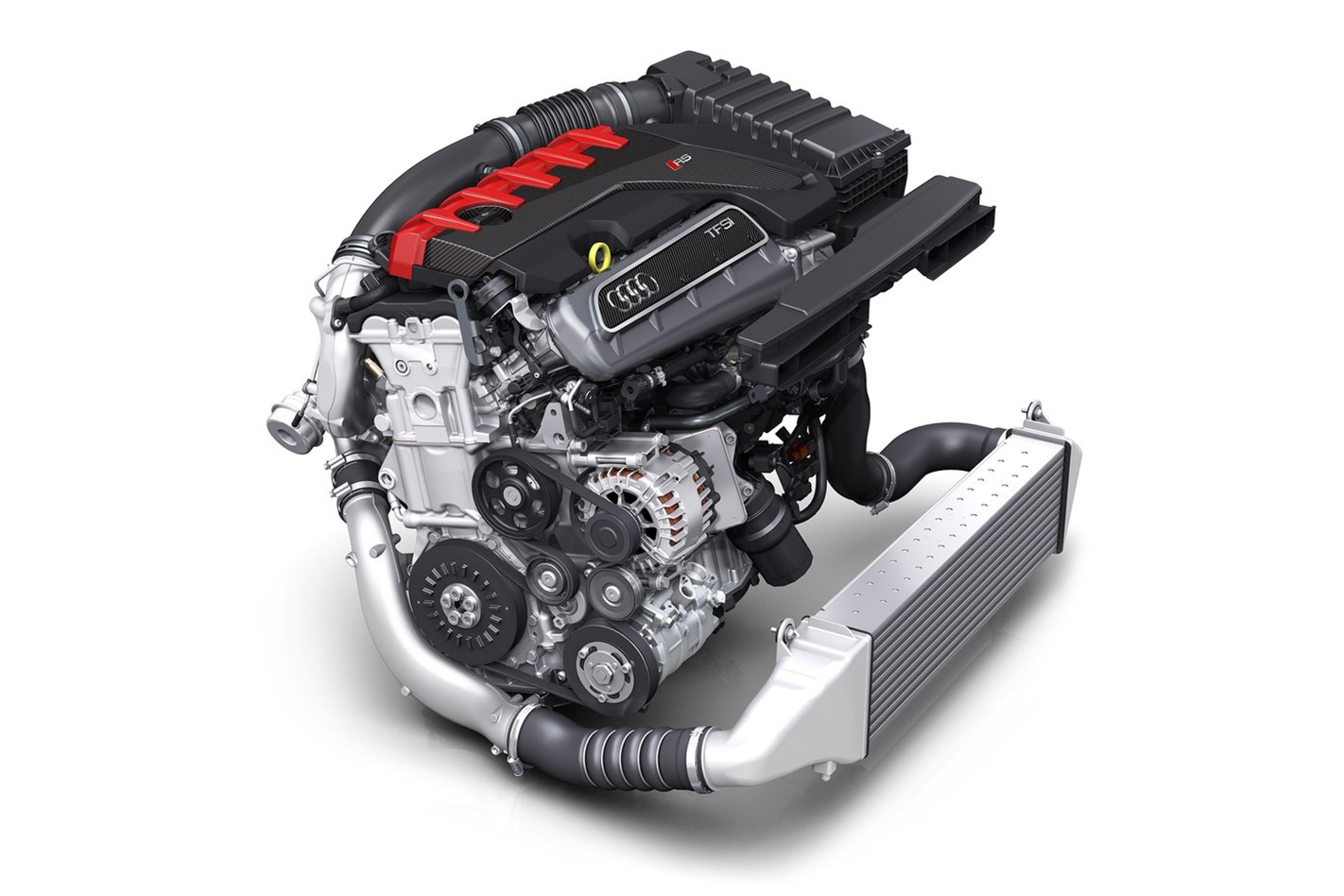
Lamborghini Huracan Performante – 5.2-litre V10, dohc, 40v Max power: 470kW @ 8000rpm Max torque: 600Nm @ 6500rpm
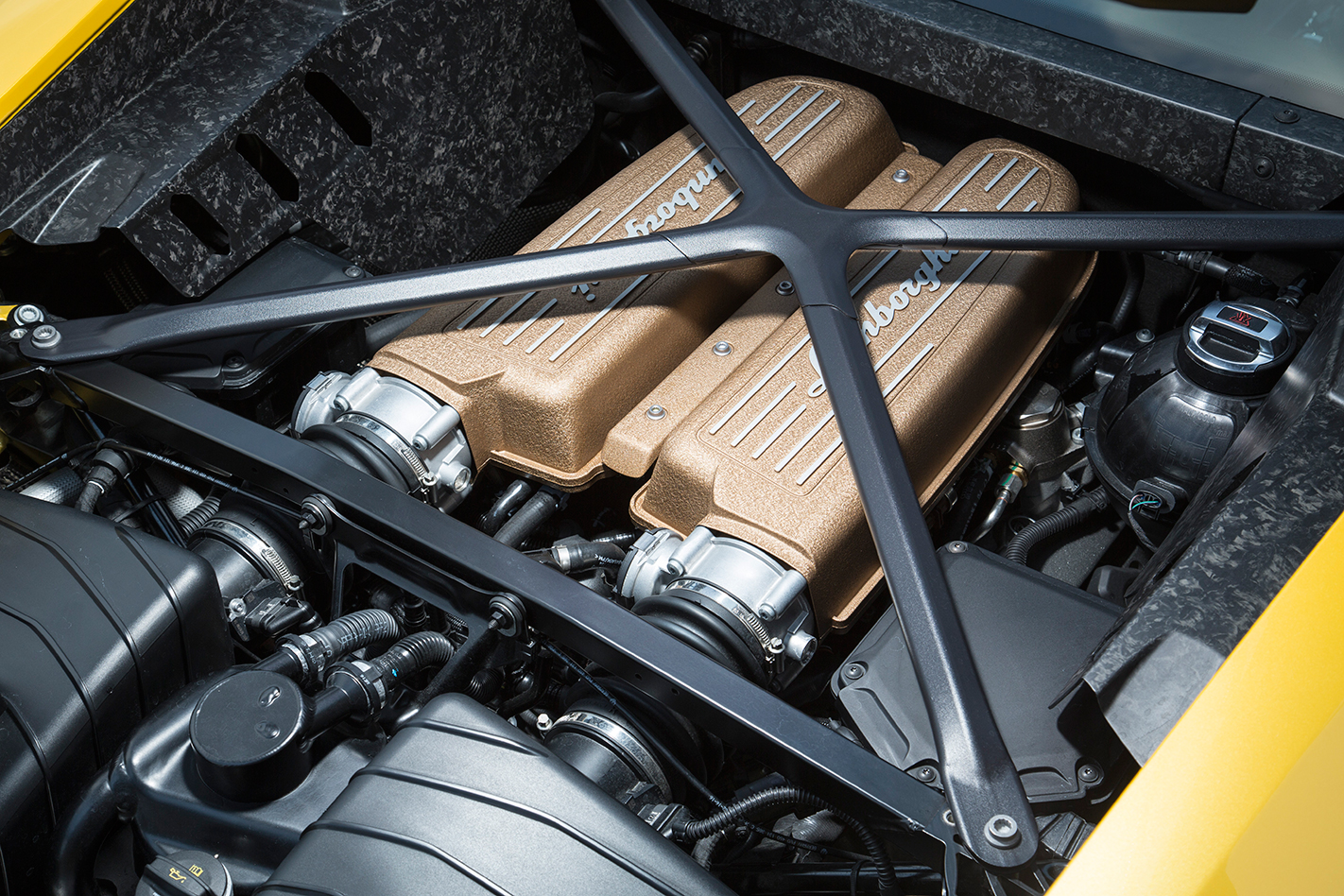
Audi SQ7 – 4.0-litre V8, dohc, 32v, turbo Max power: 320kW @ 3750-5000rpm Max torque: 900Nm @ 1000-3250rpm
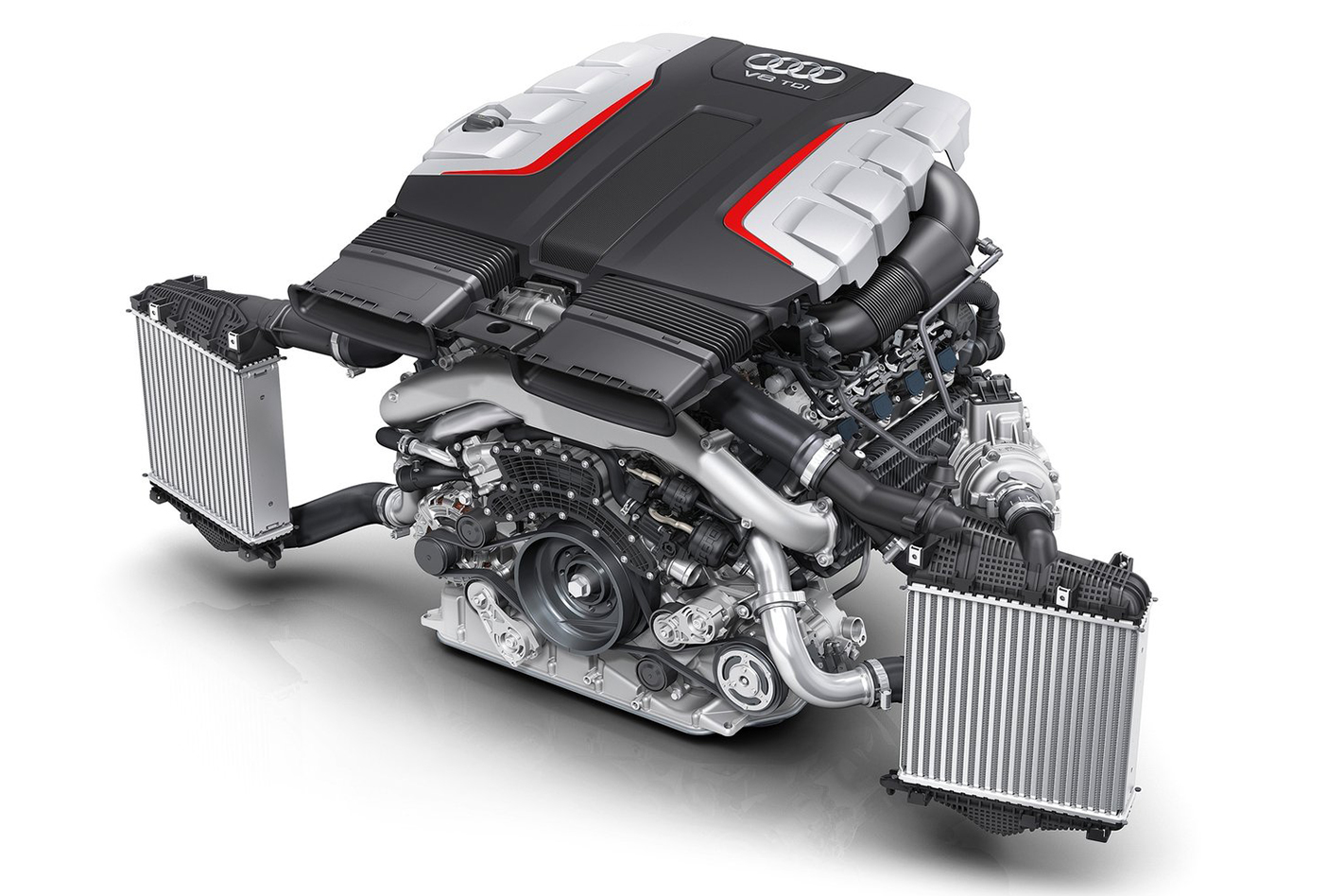
Peugeot 308 Active – 1.2-litre inline 3-cyl, dohc, 12v, turbo Max power: 96kW @ 5500rpm Max torque: 230Nm @ 1750rpm
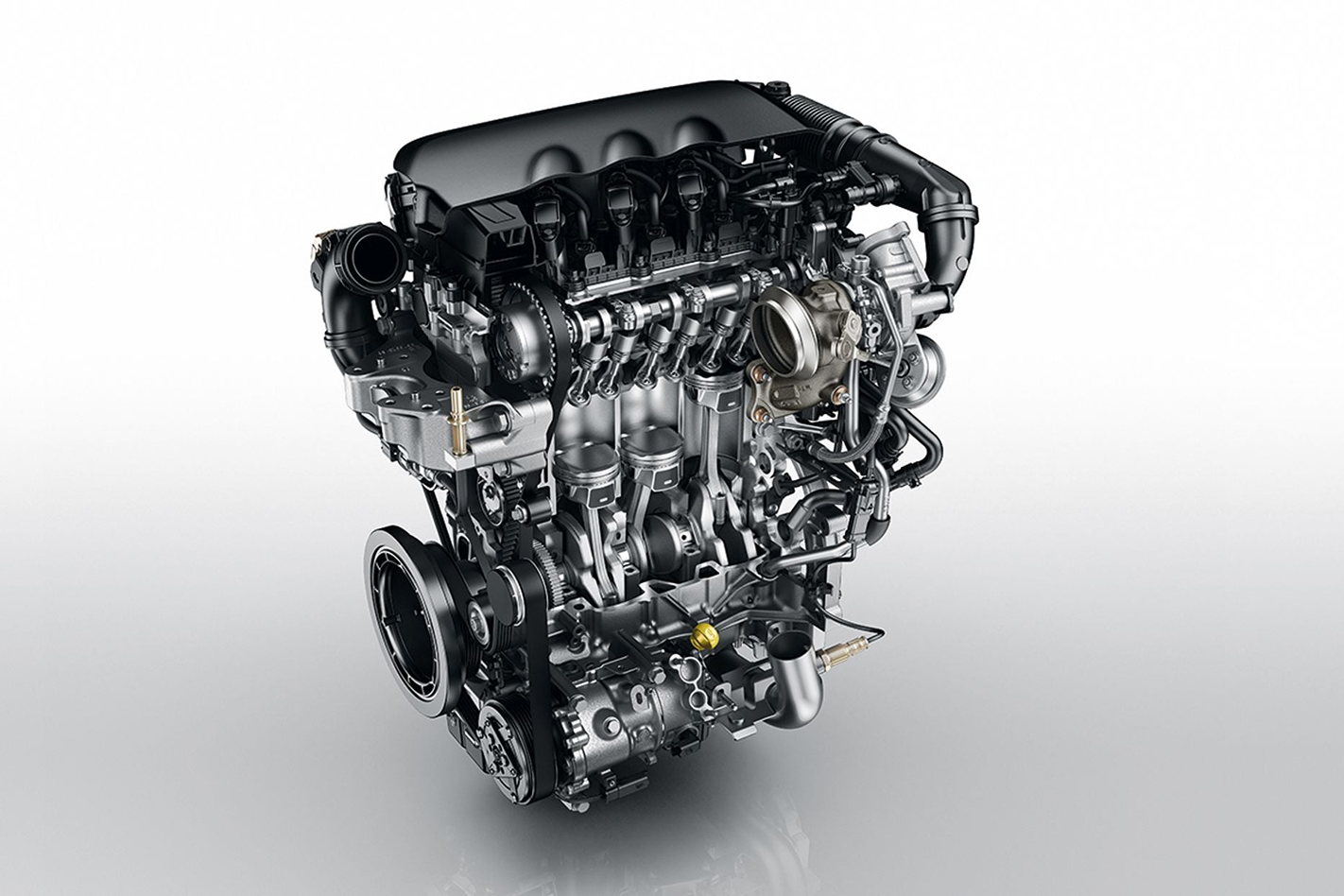
Mercedes-AMG E63 S – 4.0-litre V8, dohc, 32v, turbo Max power: 450kW @ 5750rpm-6500rpm Max torque: 850Nm @ 2500rpm-4500rpm
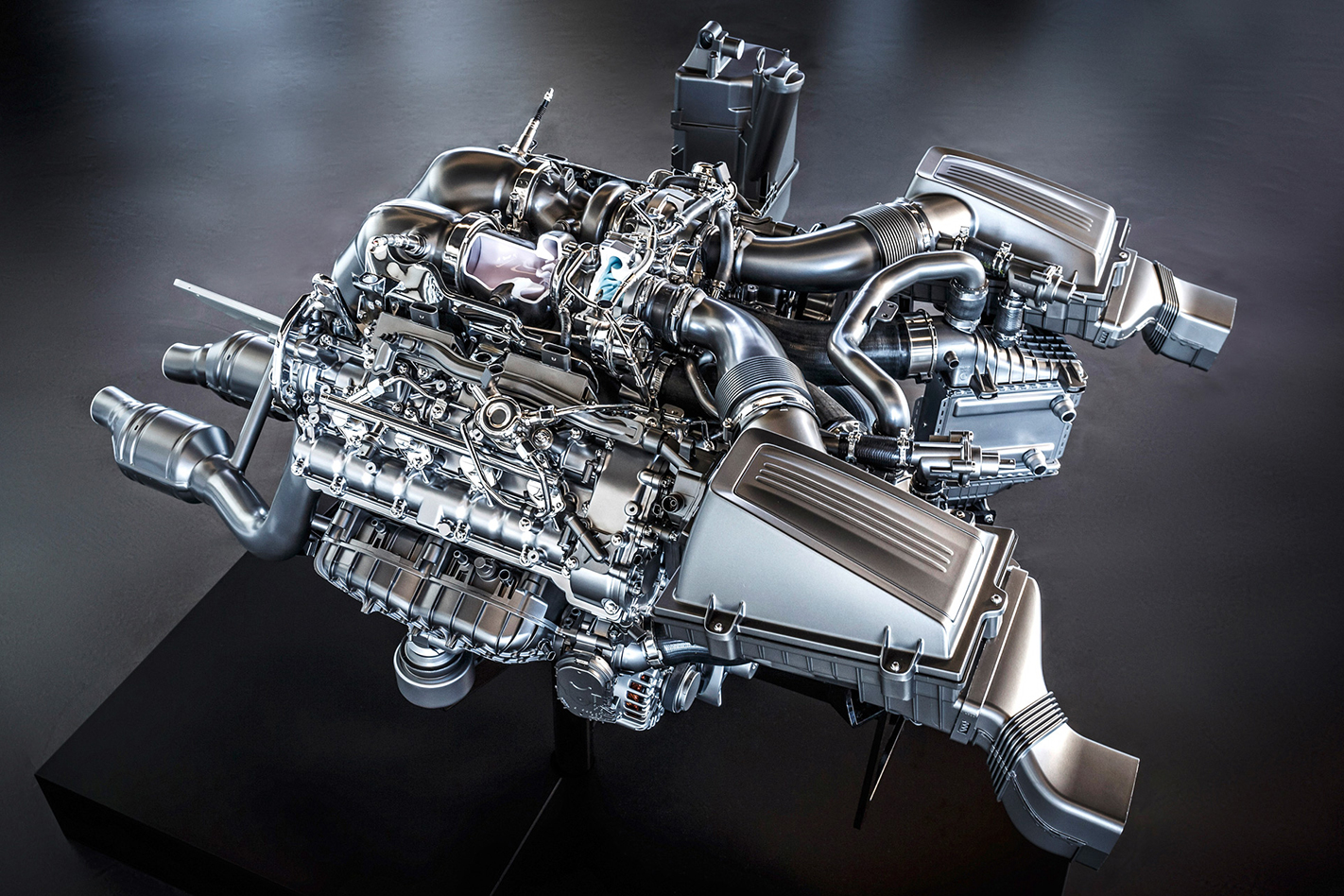
Holden Commodore SS-V Redline – 6.3-litre V8, ohv, 16v Max power: 304kW @ 6000rpm Max torque: 570Nm @ 4400rpm

Ferrari 812 Superfast – 6.5-litre V12, dohc, 48v Max power: 588kW @ 8500rpm Max torque: 718Nm @ 7000rpm
